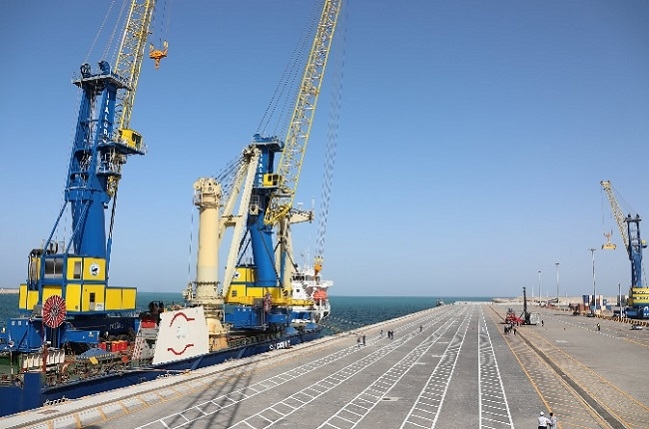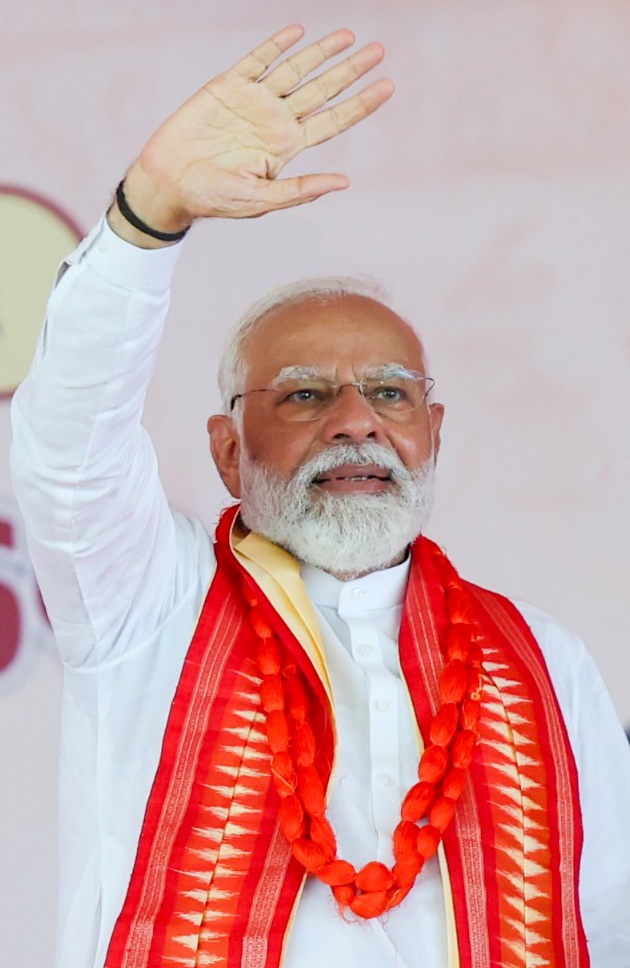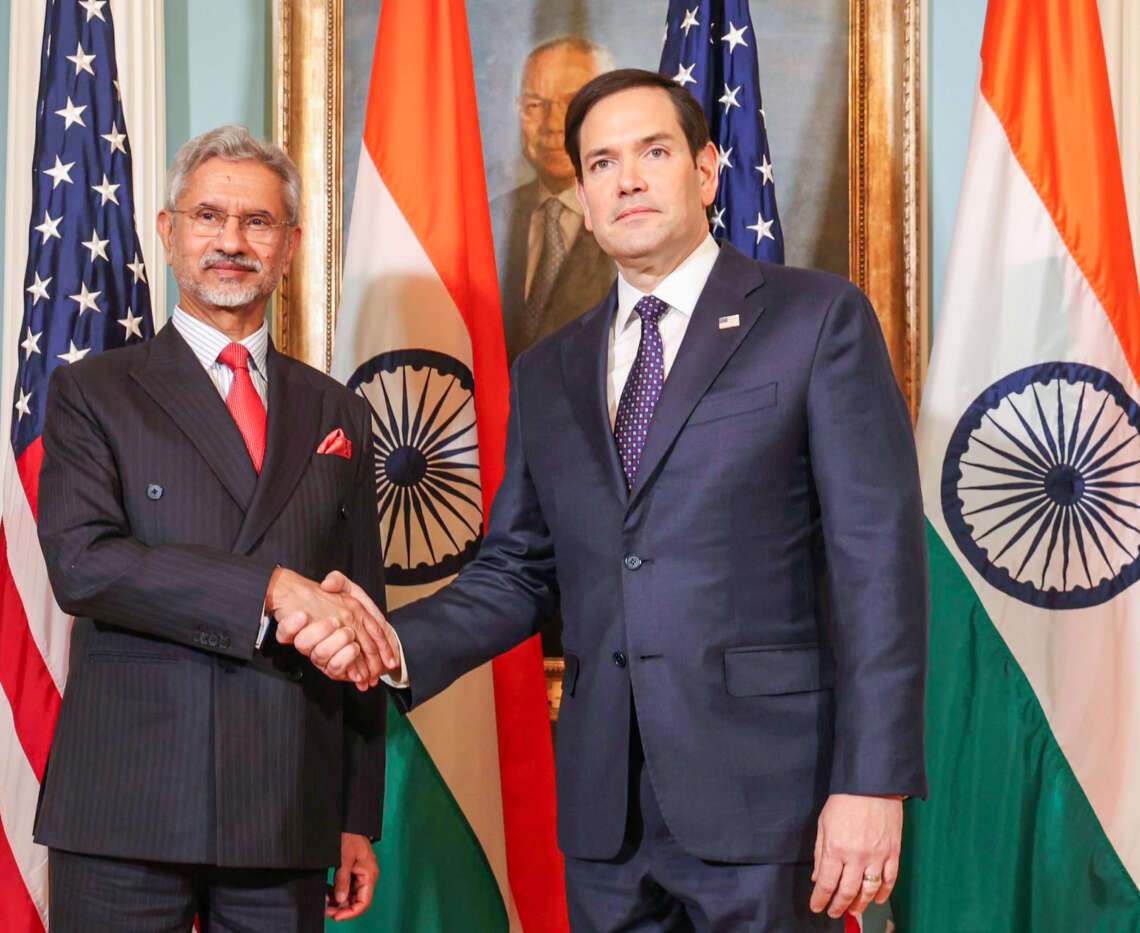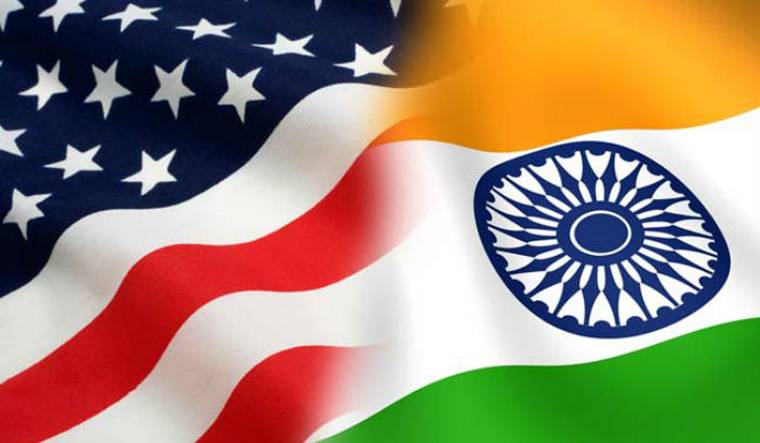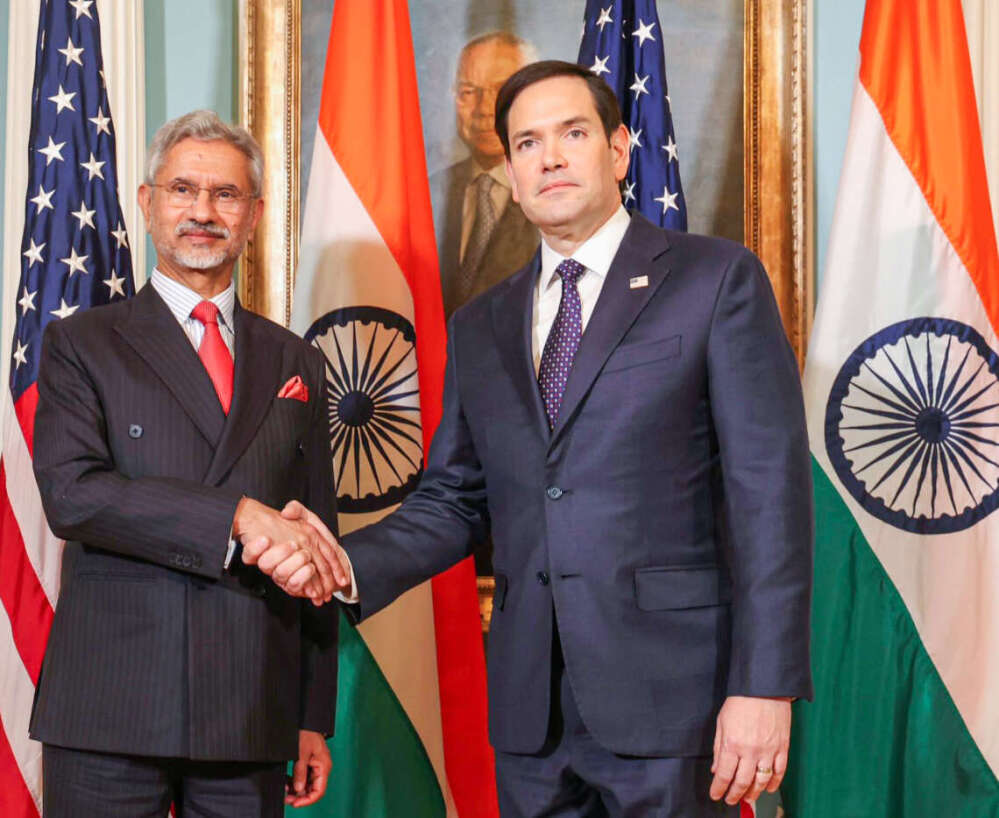Amid regional tensions, Chabahar provides a vital alternative route for trade, reducing India’s dependency on routes that are susceptible to political disruptions, writes Noman Hossain
India has signed a landmark 10-year agreement with Iran, securing operational control over the strategically significant Chabahar Port. This agreement marks a critical step in India’s efforts to enhance regional connectivity, economic integration, and geopolitical influence. By tapping into the potential of Chabahar, New Delhi aims to establish a robust transit corridor that opens new trade opportunities with Central Asian nations and strengthens its regional presence.
Chabahar Port, located on Iran’s southeastern coast, serves as a crucial gateway for landlocked Afghanistan and Central Asia. For years, India’s access to these regions was hindered by strained relations with Pakistan, which has controlled the overland trade routes through the Karachi port. The development of Chabahar Port offers an alternative, allowing India to bypass these traditional routes and overcome geographical and political challenges.
India’s commitment to Chabahar aligns with its broader strategy of geopolitical diversification. Amid regional tensions, Chabahar provides a vital alternative route for trade, reducing India’s dependency on routes that are susceptible to political disruptions. Strengthening ties with Iran and establishing new partnerships in Central Asia supports India’s long-term energy security and economic growth.

Chabahar holds immense potential as a transit hub, facilitating trade between India and resource-rich Central Asian countries. Strategically positioned at the crossroads of South Asia, Central Asia, and the Middle East, the port allows India to access new markets and bolster regional economic cooperation. India’s involvement in initiatives like the India-Iran-Afghanistan trilateral agreement and the International North-South Transport Corridor highlights its determination to capitalize on Chabahar’s strategic location, promoting seamless trade and connectivity.
The investment in Chabahar also carries significant geopolitical implications. As China expands its influence in South Asia through the Belt and Road Initiative (BRI), India’s involvement in Chabahar provides an alternative model of development, emphasizing transparency, sustainability, and respect for sovereignty. This strategy aligns with India’s vision of a free, open, and rules-based Indo-Pacific region, offering smaller nations autonomy and reducing their vulnerability to debt-trap diplomacy.
India’s unwavering commitment to Chabahar demonstrates its resilience and foresight. Despite challenges posed by U.S. sanctions on Iran and infrastructural constraints, India remains dedicated to harnessing Chabahar’s potential. The recent agreement, involving substantial investments and a $250 million line of credit to Iran, underscores India’s long-term vision for the port, aiming to enhance its capacity and strengthen economic ties with Iran, a country with significant energy resources critical for India’s growing needs.
Beyond economic interests, Chabahar serves as a vital conduit for humanitarian assistance, reconstruction efforts, and trade supplies to Afghanistan. The port allows India to circumvent logistical challenges posed by Afghanistan’s landlocked status, fostering economic integration and regional stability. This role underscores India’s influence as a responsible regional power.
The strategic importance of Chabahar for India’s regional aspirations is clear. By leveraging the port’s geographical advantages, India seeks to forge stronger ties with Central Asian nations, access new markets, and secure reliable energy supplies. This approach aligns with India’s broader foreign policy objectives, enabling it to assert its role as an influential regional power capable of shaping the geopolitical landscape.
However, India’s vision for Chabahar faces challenges. The potential impact of U.S. sanctions on Iran remains a concern. While Chabahar has previously been exempted from sanctions due to its role in facilitating Afghanistan’s reconstruction, recent tensions between the U.S. and Iran could pose obstacles. Despite these challenges, India remains committed, recognizing Chabahar’s strategic importance for regional stability and economic integration.

India’s commitment to Chabahar reflects its aspirations to be a responsible stakeholder in regional stability and development. By investing in Chabahar, India aims to promote economic integration, reduce dependency on volatile trade routes, and foster sustainable development. This resolve is crucial for India’s ambitions to emerge as a leading global power, capable of shaping a multipolar world order.
As India navigates the complexities of the 21st-century geopolitical landscape, Chabahar stands as a testament to its strategic foresight. Each investment and milestone achieved brings India closer to realizing a vision of a prosperous, interconnected region. Chabahar is not just a port; it is a gateway to a future where India’s influence and leadership are solidified, heralding a new era of regional prosperity and economic growth.

India-Uzbekistan: A vast potential to boost collaboration
India and Uzbekistan possess vast potential and a shared interest in actively enhancing collaboration across political, trade, economic, cultural, and humanitarian realms.
Uzbekistan is establishing itself as the primary regional investment hub amidst crucial reforms and a dedicated shift towards a market-oriented economy, alluring foreign investments, including those from India.
Cultural and tourist exchanges have the potential to enhance not just the social and economic development of both nations, but also to fortify the financial foundations of India-Uzbekistan relations.
Moreover, cooperation in the transport and logistics sector plays a pivotal role in fostering collaboration between the two countries.
Of particular interest is Uzbekistan’s exploration of utilizing the Chabahar port for exports, facilitated by Indian investment. Negotiations are underway to determine the operational details.
Currently, Uzbekistan employs a multi-modal transport system for exports, integrating land, rail, and sea routes. Transitioning to exports from Chabahar could potentially reduce costs, as Uzbekistan presently exports from Bandar Abbas, which is farther from India.
Uzbekistan, alongside other Central Asian nations, backs New Delhi’s initiatives in developing Iran’s Chabahar Port, slated to emerge as a crucial transit point for India’s trade with Afghanistan and other Central Asian states.
Meanwhile, notable investments have been made by Indian companies in the fields of pharmaceuticals, amusement parks, automobile components, and the hospitality industry.
A Joint Centre for Information Technology was set up in 2006 and upgraded in 2014. An IT Park in Tashkent, established with Indian assistance, was inaugurated in July 2019.
Recently, the 3rd Tashkent International Investment Forum (TIIF) in Uzbekistan concluded on a successful note. With more than 2,500 participants hailing from 93 countries, the event, as reported by the Ministry of Investment, Industry, and Trade of Uzbekistan, served as a pivotal platform for global dialogue and the exchange of investment best practices.
A highlight of the forum was the unveiling of regional energy projects, including the construction of Kambarata HPP-1 and Yavan HPP, to potential foreign investors. Notably, the presence of the Prime Ministers of Uzbekistan and Kyrgyzstan underscored the significance of these projects for the broader region.
The tangible outcome of TIIF was the signing of agreements amounting to USD 26.6 billion, indicative of Uzbekistan’s robust investment appeal and the forum’s triumph.
By contrast, in 2022, TIIF saw the signing of 167 documents totalling USD 11 billion, marking a substantial surge in investment interest towards the country.
India also has immense opportunity to bag bigger projects from these fora.
India and Uzbekistan had set up National Coordination Committees to oversee the implementation of mutually agreed projects and initiatives.
On May 2, President Shavkat Mirziyoyev of Uzbekistan joined the plenary session of the Third Tashkent International Investment Forum at the Congress Center in Tashkent.
Over 2,500 foreign guests from 93 countries attended the meeting. Vice President of Turkey Cevdet Yilmaz, Speaker of Singapore’s Parliament Seah Kian Peng, Kyrgyzstan’s Prime Minister Akylbek Japarov, Saudi Arabia’s Minister of Energy Abdulaziz bin Salman Al Saud, President of the European Bank for Reconstruction and Development Odile Renaud-Basso, Executive Secretary of the United Nations Economic Commission for Europe Tatiana Molcean, OPEC Fund for International Development President Abdulhamid Alkhalifa, were also present.
Over the past three years, this international forum, initiated by President Mirziyoyev, has become a valuable platform for bolstering bilateral and multilateral investment cooperation, addressing critical issues, and fostering innovative ideas and strategies for their resolution.
In his opening remarks, the President welcomed the attendees, highlighting the growing esteem and demand for this forum as a testament to the significant interest in the ongoing reforms in Uzbekistan and the pursuit of mutually beneficial partnerships.
Over the recent years, the nation has drawn in upwards of USD 60 billion in foreign investments, with over USD 14 billion allocated to social and infrastructure endeavours from international financial institutions.
The enduringly robust ties between India and Uzbekistan have received an additional boost with the growing footprint of Indian industries and universities in the Central Asian nation.
Most of the companies are pharmaceutical majors including joint ventures. There are also factories for processing stones, marbles and mining.
Meanwhile, the value of bilateral trade between India and Uzbekistan has touched USD 700 million and is growing. The country is optimistic that it will touch USD 1 billion shortly.
Moreover, exports from India to Uzbekistan encompass a diverse range of goods, spanning pharmaceuticals, foodstuffs, mechanical equipment, chemical products, textiles, and more.
Conversely, imports from Uzbekistan comprise foodstuffs, construction materials, chemical products, non-ferrous and ferrous metals, footwear, leather products, and other items.
A notable aspect involves Uzbekistan’s manufacturing facility specializing in small machinery and components for IL 76 aircraft, which are exported to India.
(Chandan Kumar, PhD in Buddhist History, is a young scholar. He is working as an Assistant Professor, the Department of History, Satyawati College, University of Delhi. He has extensively researched and presented papers on Silk Routes, Ancient history, and Shared Buddhist Heritage at international conferences around the world.) (ANI)


